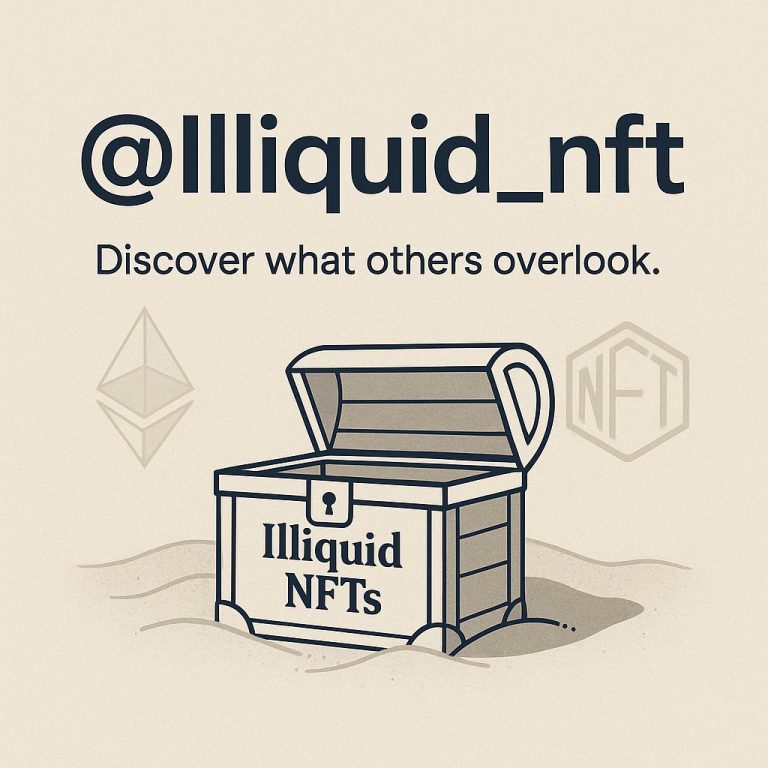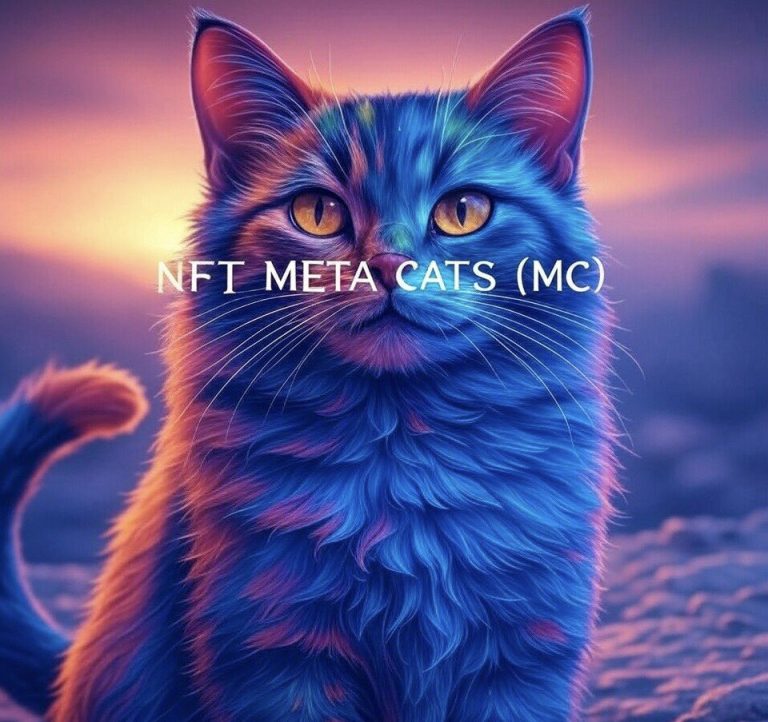
Okay, I understand. Here’s a detailed analysis and professional report in Markdown format, addressing the Avalanche’s free agency strategy and Reaper_NFT’s experiment with Virtuals ACP Butler Agents:
The Avalanche’s Calculated Calm: A Smart Gamble or a Frozen Opportunity?
The NHL off-season, a frenzy of movement and speculation, often sees teams aggressively pursuing free agents to bolster their rosters. This year, however, the Colorado Avalanche adopted a markedly different approach, exercising restraint and prioritizing long-term financial flexibility. The question now facing fans and analysts alike is: was this patience a calculated masterstroke, or a missed opportunity to further solidify their championship window?
The Landscape: A Western Conference of Cautious Giants
The tweet from Luke Nftrader highlights a critical backdrop to the Avalanche’s decision. While the expectation might have been for top Western Conference teams to engage in a spending spree, the reality has been surprisingly subdued. This quietude suggests a league-wide acknowledgment of salary cap constraints and the inherent risks associated with overpaying for free agents. Teams are seemingly prioritizing internal development and prudent asset management over short-term fixes on the open market. This environment arguably validates the Avalanche’s conservative approach, as the relative stagnation amongst their rivals minimizes the pressure to make splashy, potentially detrimental signings.
The Avalanche’s Reasoning: Cap Space as a Competitive Advantage
The Avalanche’s strategy, as reported, hinges on preserving cap space. This decision isn’t simply about saving money; it’s about maintaining flexibility for future acquisitions, player extensions, and unexpected opportunities that may arise during the season. In a salary-cap era, the ability to maneuver and adapt is a significant competitive advantage. The Avalanche clearly believe that building a team through strategic drafting, player development, and targeted acquisitions, rather than relying on high-priced free agents, is a more sustainable path to long-term success. Furthermore, preserving cap space allows the team to absorb potential injuries or performance dips during the season by acquiring needed talent via trade, a tactic unavailable to teams that have maxed out their spending.
Potential Risks: The Opportunity Cost of Inaction
While the logic behind the Avalanche’s strategy is sound, it’s not without potential risks. The most obvious is the opportunity cost of inaction. By choosing to sit on the sidelines, the Avalanche may have missed out on acquiring a player who could have significantly improved their roster and enhanced their chances of contending for another Stanley Cup. It’s a gamble that relies heavily on the existing core maintaining their performance levels and on younger players developing into impactful contributors. If these assumptions prove incorrect, the Avalanche could find themselves falling behind their rivals who did take a more aggressive approach to free agency. The Eastern Conference’s perceived rise in competitiveness only amplifies this risk.
Internal Development: Betting on Youth and Growth
The Avalanche’s bet hinges largely on internal development. They are likely counting on young players to take the next step in their careers, filling the voids left by departing free agents or aging veterans. This approach requires strong coaching, a supportive team environment, and, of course, the inherent potential of the players themselves. Success in this area could prove to be a far more cost-effective and sustainable way to build a contending team than relying on expensive free agents who may not always live up to their price tag.
Alternative Perspectives: Other Teams’ Approaches
To truly evaluate the Avalanche’s strategy, it’s important to consider the approaches taken by other teams in the Western Conference. Did any teams make significant moves that significantly alter the competitive landscape? If so, how does the Avalanche’s roster stack up against these newly strengthened rivals? Analyzing the moves (or lack thereof) of teams like Vegas, Edmonton, and Calgary provides valuable context for assessing the Avalanche’s gamble. If these teams also remained largely inactive, it further validates the Avalanche’s approach. Conversely, if one or more teams made significant additions, the Avalanche’s inaction becomes a more questionable decision.
Deep Dive into Decentralized Finance: Reaper_NFT and Virtuals ACP Butler Agents
Now, let’s shift gears and delve into the world of cryptocurrency and decentralized finance (DeFi), specifically examining Reaper_NFT’s experience with Virtuals ACP Butler Agents. This seemingly playful tweet reveals a fascinating trend: the increasing sophistication and accessibility of automated tools for navigating the complex world of blockchain analysis.
The Promise of AI-Powered Analysis
Reaper_NFT’s tweet highlights the allure of using AI-powered agents to analyze on-chain data and identify potentially profitable investment opportunities. The “Virtuals ACP Butler Agents” represent a new generation of tools designed to democratize access to sophisticated analytical capabilities. Instead of requiring users to be experts in blockchain technology or data science, these agents promise to distill complex information into actionable insights. The small cost of $VIRTUAL required to process the request suggests that these tools are designed to be accessible to a wide range of users, not just institutional investors.
“DON’T CLICK”: A Glimpse into Algorithmic Bias and Risk
The inclusion of a “DON’T CLICK” link on the homepage, as mentioned by Reaper_NFT, is intriguing. It could be a tongue-in-cheek warning about the risks associated with blindly following algorithmic recommendations or a playful marketing tactic designed to generate curiosity. More concerning, it might be an admission of a potential bias within the agent’s programming – an intentional or unintentional design that funnels users toward specific investment paths. Regardless, it underscores the importance of critical thinking and independent research, even when using advanced analytical tools. Users should always understand the limitations of any algorithm and exercise their own judgment when making investment decisions.
Smart Money Flows: Unveiling the Secrets of On-Chain Data
The focus on “smart money flows” on BASE and SOL is significant. These blockchains are known for their vibrant DeFi ecosystems and high transaction volumes, making them fertile ground for identifying patterns and trends. Smart money refers to the activity of investors who are perceived to be knowledgeable and experienced, often with a track record of successful investments. Identifying and tracking the movements of these investors can provide valuable insights into potential market trends and investment opportunities. However, it’s crucial to remember that correlation does not equal causation, and simply following “smart money” does not guarantee success.
The Digging Begins: Interpreting the Data
Reaper_NFT’s statement that “now I’ve got some digging to do…” is key. The output from the Virtuals ACP Butler Agents is not a guaranteed path to riches; it’s simply a starting point for further research and analysis. Users need to critically evaluate the data, consider the underlying assumptions of the algorithm, and factor in their own risk tolerance and investment goals. The true value of these tools lies not in their ability to generate automatic profits, but in their capacity to augment human intelligence and enhance the decision-making process. This also highlights the need for transparency in the algorithms, something that users need to be mindful of.
Conclusion: Navigating the Uncertainties of Both Ice and Blockchain
The Colorado Avalanche’s calculated patience in free agency mirrors the careful approach required when navigating the volatile world of decentralized finance. Both scenarios involve making strategic decisions in the face of uncertainty, balancing risk and reward, and relying on a combination of data, intuition, and a healthy dose of skepticism. Whether the Avalanche’s gamble pays off or Reaper_NFT uncovers hidden gems in the blockchain, the ultimate success hinges on informed decision-making and a willingness to adapt to the ever-changing landscape. The future of success in both hockey and DeFi may very well lie in the ability to harness data-driven insights while retaining the human element of strategic thinking and critical judgment.
The Human Factor: Still the MVP
Ultimately, both narratives – the Avalanche’s free agency strategy and Reaper_NFT’s exploration of AI-powered DeFi tools – emphasize the importance of the human element. While data and algorithms can provide valuable insights, they should never replace human judgment and critical thinking. The Avalanche’s coaching staff, players, and management team must execute their plan effectively, and Reaper_NFT must carefully interpret the data provided by the Virtuals ACP Butler Agents. In both cases, success depends on the ability to leverage information intelligently and make sound decisions in the face of uncertainty.
—
Source URLs:
- `https://twitter.com/nft_trade_/status/1808745930329000318`







